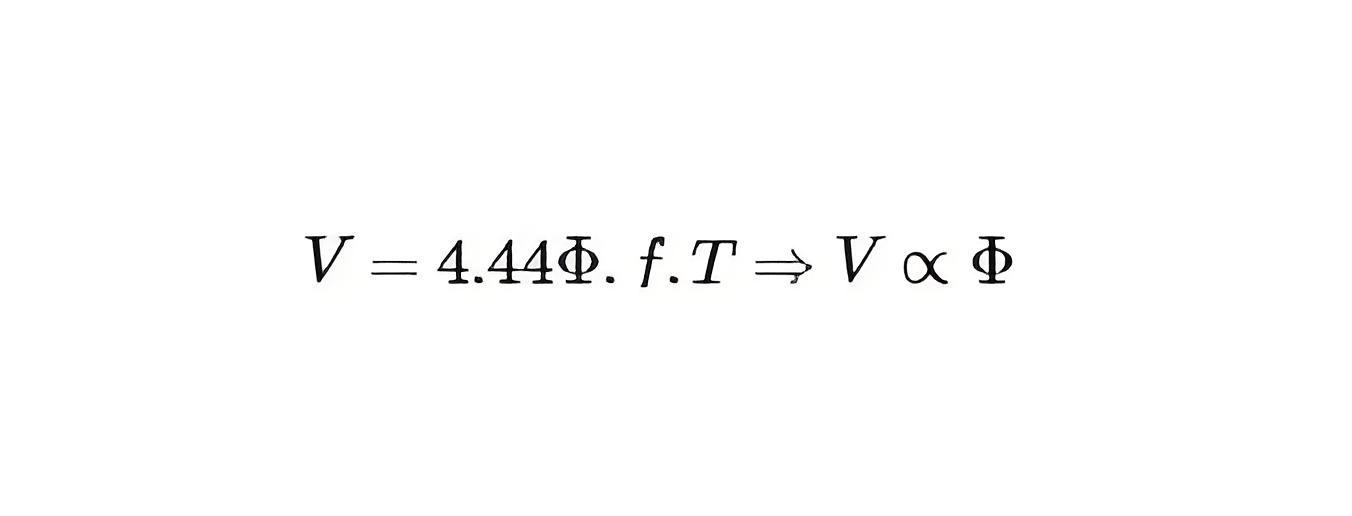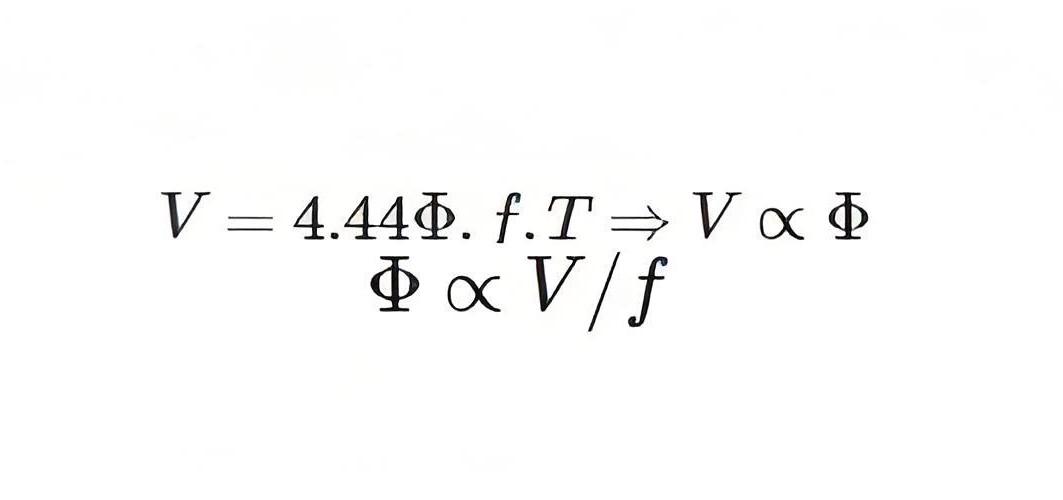What are Faults in Transformer?
What are Faults in Transformer?
Definition of Transformer Faults
Faults in transformer refer to issues like insulation breakdowns and core faults that can occur inside or outside the transformer.
External Faults in Power Transformer
External Short Circuit of Power Transformer
Short circuits can happen in two or three phases of the electrical power system. The fault current is usually high, depending on the short-circuited voltage and circuit impedance up to the fault point. This high fault current increases copper loss, causing internal heating in the transformer. It also creates severe mechanical stresses, especially during the first cycle of the fault current.
High Voltage Disturbance in Power Transformer
High voltage disturbance in power transformer are of two kinds,
Transient Surge Voltage
Power Frequency Over Voltage
Transient Surge Voltage
High voltage and high frequency surge may arise in the power system due to any of the following causes,
Arcing ground if neutral point is isolated.
Switching operation of different electrical equipment.
Atmospheric Lightening Impulse.
Whatever may be the causes of surge voltage, it is after all a traveling wave having high and steep wave form and also having high frequency. This wave travels in the electrical power system network, upon reaching in the power transformer, it causes breakdown of the insulation between turns adjacent to line terminal, which may create short circuit between turns.
Power Frequency Over Voltage
There may be always a chance of system over voltage due to sudden disconnection of large load. Although the amplitude of this voltage is higher than its normal level but frequency is same as it was in normal condition. Over voltage in the system causes an increase in stress on the insulation of transformer. As we know that, voltage , increased voltage causes proportionate increase in the working flux.

This therefore causes, increased in iron loss and proportionately large increase in magnetizing current. The increase flux is diverted from the transformer core to other steel structural parts of the transformer. Core bolts which normally carry little flux, may be subjected to a large component of flux diverted from saturated region of the core alongside. Under such condition, the bolt may be rapidly heated up and destroys their own insulation as well as winding insulation.
Under Frequency Effect in Power Transformer
As, voltage as the number of turns in the winding is fixed.From, this equation it is clear that if frequency reduces in a system, the flux in the core increases, the effect are more or less similar to that of the over voltage.

Internal Faults in Power Transformer
The principle faults which occurs inside a power transformer are categorized as,
Insulation breakdown between winding and earth
Insulation breakdown in between different phases
Insulation breakdown in between adjacent turns i.e. inter – turn fault
Transformer core fault
Internal Earth Faults in Power Transformer
Internal Earth Faults in a Star Connected Winding with Neutral Point Earthed through an Impedance
In a star-connected winding with the neutral point earthed through an impedance, fault current depends on the earthing impedance and the distance from the fault point to the neutral. The voltage at the fault point is higher if it is further from the neutral, leading to higher fault current. Fault current also depends on the leakage reactance of the winding portion across the fault point and neutral, but this is usually low compared to earthing impedance.
Internal Earth Faults in a Star Connected Winding with Neutral Point Solidly Earthed
In this case, earthing impedance is ideally zero. The fault current is dependent up on leakage reactance of the portion of winding comes across faulty point and neutral point of transformer. The fault current is also dependent on the distance between neutral point and fault point in the transformer.
As said in previous case the voltage across these two points depends upon the number of winding turn comes across faulty point and neutral point. So in star connected winding with neutral point solidly earthed, the fault current depends upon two main factors, first the leakage reactance of the winding comes across faulty point and neutral point and secondly the distance between faulty point and neutral point.
But the leakage reactance of the winding varies in complex manner with position of the fault in the winding. It is seen that the reactance decreases very rapidly for fault point approaching the neutral and hence the fault current is highest for the fault near the neutral end. So at this point, the voltage available for fault current is low and at the same time the reactance opposes the fault current is also low, hence the value of fault current is high enough.
Again at fault point away from the neutral point, the voltage available for fault current is high but at the same time reactance offered by the winding portion between fault point and neutral point is high. It can be noticed that the fault current stays a very high level throughout the winding. In other word, the fault current maintain a very high magnitude irrelevant to the position of the fault on winding.
Internal Phase to Phase Faults in Power Transformer
Phase to phase fault in the transformer are rare. If such a fault does occur, it will give rise to substantial current to operate instantaneous over current relay on the primary side as well as the differential relay.
Inter Turns Fault in Power Transformer
Power transformer connected with electrical extra high voltage transmission system, is very likely to be subjected to high magnitude, steep fronted and high frequency impulse voltage due to lightening surge on the transmission line. The voltage stresses between winding turns become so large, it can not sustain the stress and causing insulation failure between inter – turns in some points. Also LV winding is stressed because of the transferred surge voltage. Very large number of power transformer failure arises from fault between turns. Inter turn fault may also be occurred due to mechanical forces between turns originated by external short circuit.
Core Fault in Power Transformer
If any part of the core lamination is damaged or bridged by a conducting material, it can cause eddy current and local overheating. This can also happen if the insulation of bolts used to tighten the core laminations fails. These faults cause severe local heating but don’t significantly affect the transformer input and output current, making them hard to detect with standard electrical protection schemes. Excessive overheating can break down transformer oil, releasing gases that accumulate in the Buchholz relay and trigger an alarm.
The Electricity Encyclopedia is dedicated to accelerating the dissemination and application of electricity knowledge and adding impetus to the development and innovation of the electricity industry.













